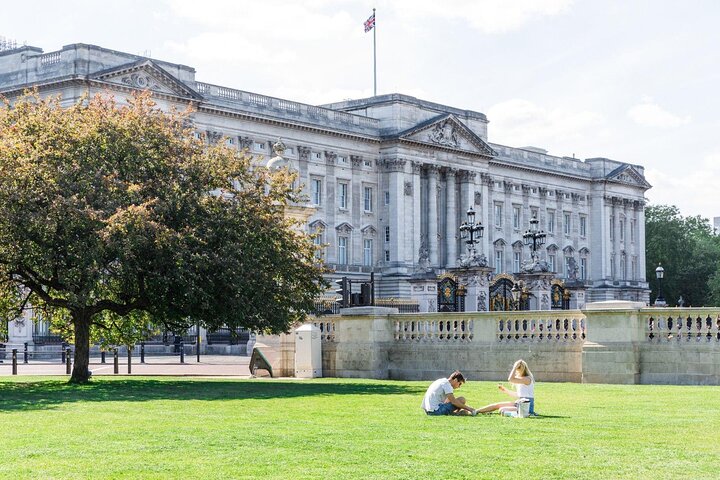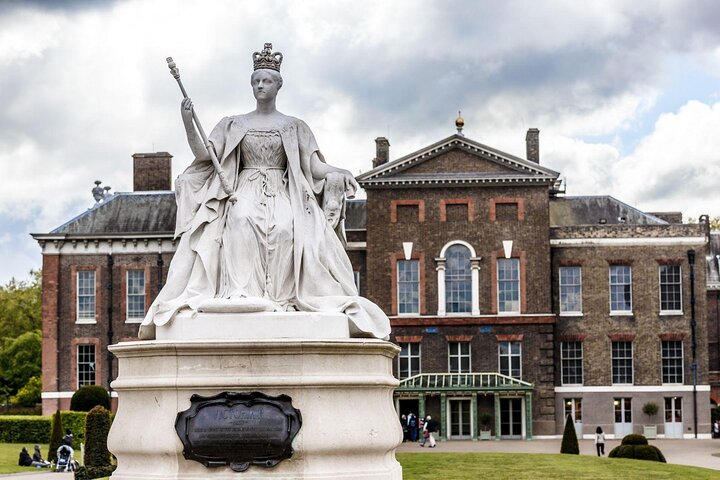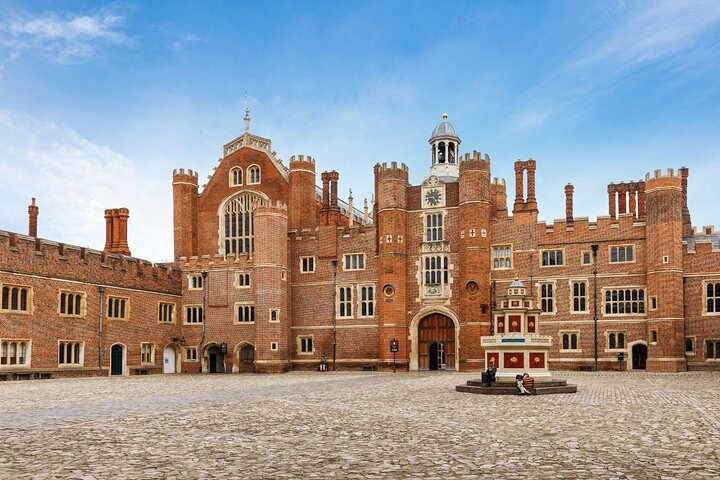What geographical features are in London?
What makes London a world city geography?
Are there mountains in London?
What is the natural environment of London?
Cultural Places to visit in London
Widely considered the finest and most beautiful residences in the UK, London’s magnificent, historical royal palaces attract admirers from around the world. Here are just five of the best that you should visit on your next trip to the English capital.

Buckingham Palace
Buckingham Palace is perhaps the best-known London palace. Photo: Annapurna Mellor / Viator The Queen’s personal quarters. One of the best-known royal palaces in the world, Buckingham Palace is the primary (official) residence of the British monarch. The palace features 19 state rooms, which are open to the public for three months each summer when the queen goes to Scotland.
During the rest of the year, admire the palace and its famous balcony from behind gilded gates or stop by for the Changing of the Guard ceremony—just don’t forget to arrive well before the scheduled procession to beat the crowds.
How to visit: Experience life as a member of the British royal family on a tour of the State Rooms, or stroll through St. James’ Park to a luxury hotel for afternoon tea.

Kensington Palace
A Queen Victoria statue presides over Kensington Palace. Photo: Alexey Fedorenko / Shutterstock The historic birthplace of Queen Victoria. Set in the heart of central London, Kensington Palace is the birthplace of Queen Victoria and was once home to Princess Diana.
In recent years the palace has become the official London residence of the Duke and Duchess of Cambridge (as well as other lesser royals), and is perhaps most popular for its whimsical gardens and swanky Orangery.
How to visit: Stop by the Kensington Orangery for high tea, before touring Kensington Gardens. Alternatively, admire the palace on a royal parks tour.

Hampton Court Palace
Hampton Court Palace fizzes with historical appeal. Photo: Nussar / Shutterstock A peek inside Tudor London. Located on the banks of the River Thames to the southwest of central London, 16th-century Hampton Court Palace is a masterpiece of baroque and Tudor architecture.
Once King Henry VIII’s private residence, it was built to rival the Palace of Versailles in Paris, and is now best known for its medieval Great Hall, impressive hedge maze, and costumed performances.
How to visit: Take a private tour of Hampton Court Palace and learn all about the famed Haunted Gallery, as well as the palace’s former royal residents.

Banqueting House
A lesser-known palace with a bloody past. The 17th-century Banqueting House sits on Whitehall in Central London, and is widely considered the finest example of neoclassical architecture in the city. Once part of the Palace of Whitehall—and the site of one monarch’s bloody demise—this national monument now welcomes visitors keen to admire its grand hallways and suites, as well as the spot where King Charles I was beheaded in 1649.
How to visit: Combine a trip to the Banqueting House with an exploration of Westminster Abbey on a private, half-day tour. There, admire features such as the bronze bust of James I and ceiling paintings by Flemish master, Sir Peter Paul Rubens.
Tower of London
A lesser-known palace with a bloody past. The 17th-century Banqueting House sits on Whitehall in Central London, and is widely considered the finest example of neoclassical architecture in the city. Once part of the Palace of Whitehall—and the site of one monarch’s bloody demise—this national monument now welcomes visitors keen to admire its grand hallways and suites, as well as the spot where King Charles I was beheaded in 1649.
How to visit: Combine a trip to the Banqueting House with an exploration of Westminster Abbey on a private, half-day tour. There, admire features such as the bronze bust of James I and ceiling paintings by Flemish master, Sir Peter Paul Rubens.

